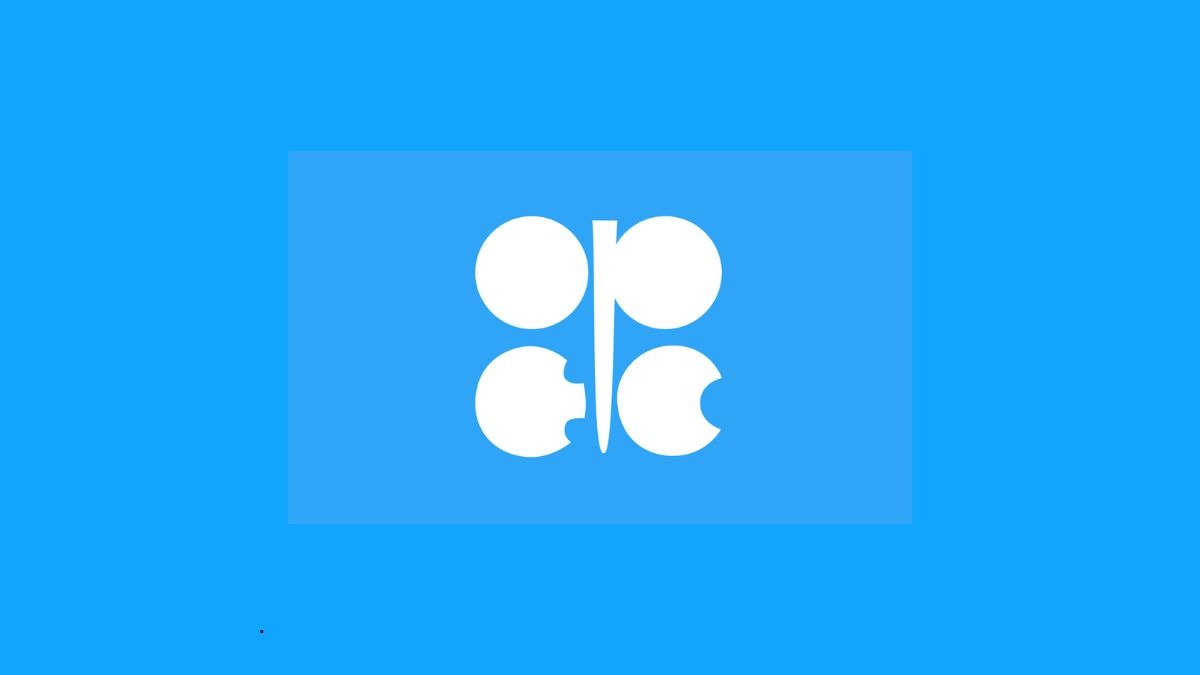In a surprising move that rattled energy markets, OPEC+ announced a sharper-than-expected increase in oil production, even as prices tumble and global economic uncertainty grows due to U.S. President Donald Trump’s sweeping tariff announcements.
Eight key producers — including Saudi Arabia, Russia, Iraq, UAE, Kuwait, Kazakhstan, Algeria, and Oman — agreed to boost crude output by 411,000 barrels per day, nearly triple the expected hike of 140,000 barrels. The decision sent oil prices plunging by 6% on Thursday.
Goldman Sachs slashed its 2025 Brent crude and WTI forecasts by $5, citing “tariff escalation and higher OPEC+ supply.” The bank also scrapped its forecasted price range, warning of heightened volatility and rising recession risk. JPMorgan, too, hiked its global recession odds to 60% for 2025.
Despite the bearish outlook, OPEC+ members defended the decision, pointing to “healthy market fundamentals” and a “positive market outlook.” However, analysts suggest another reason: appeasing Trump.
“Trump will be putting pressure on OPEC to reduce oil prices… to help offset the inflationary impact of his tariffs,” said Saul Kavonic, head of energy research at MST Marquee, in a statement to CNBC.
The group also hinted that production increases could be paused or reversed depending on market conditions.
Experts also point to compliance issues within OPEC+, where overproduction by some members has complicated efforts to stabilize prices. The latest move could be an attempt to recalibrate quotas and regain market control.
As global oil demand faces the threat of a 500,000 bpd reduction in a worst-case scenario (according to S&P Global), OPEC’s bullish stance stands in sharp contrast to mounting fears of a global slowdown.


